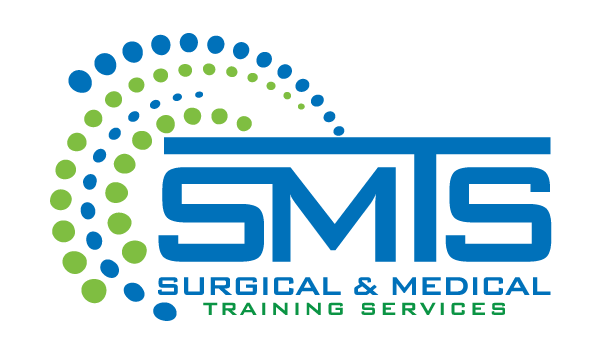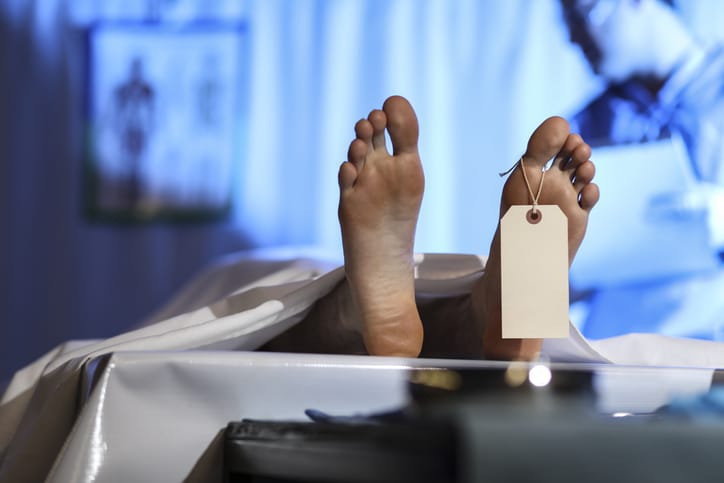For hundreds of years, the medical community has recognized the value of anatomy as an integral component of education. Without the study of anatomy, a healthcare professional, including a paramedic or other first responder, may have a more difficult time retaining clinical knowledge and skills. To support academic development, medical institutions have implemented various techniques revolving around anatomy and physiology. In our tech-savvy society, virtual reality techniques have become commonplace. For a more realistic application, some institutions have implemented the use of plastic models. Respectfully, we argue that neither can adequately prepare a medical professional for what they may face on the job; that anything less than cadaver training is lacking.
The cadaveric component of institutional learning provides students with the tactile and visual experience of human anatomical structures. It also exposes students to the innate variability that exists in human morphology. No less important, exposure to human cadavers takes students beyond the conceptual experience of dissection before beginning surgical rotations.
ANATOMY IS ONLY ONE ASPECT OF DISSECTION SKILLS
Any healthcare professional who has been on the job for a length of time can attest to the psychological and emotional response that may occur when exposed to human cadavers. Numerous med students have documented their reaction to working with human cadavers, specifically noting their emotional – and sometimes physical – experience. Some of these experiences are positive and some are negative. Approximately 7% of first-year med students report experiencing recurring images of their cadaver specimens post dissection. As many as 5% experience intrusive images that affect learning capacity. This is not something we should look at as a negative aspect of cadaver lab experiences.
Educational and cognitive psychology teaches us that emotions can directly affect how an individual learns and performs. Medical professionals much develop empathic skills that enable them to provide the level of care that is necessary as well as the resilience to manage the emotional impact of connecting with patients on a one-on-one basis. To stay open but unaffected in the bigger picture of healthcare provision.
Knowing that medical care puts providers face to face with human patients, we conclude that the best way to prepare, both intellectually and emotionally, is through exposure to human tissue. This does not end after med school; it is integral to the continued evolution of each provider as well as medicine as a whole.
SMTS – Surgical & Medical Training Services is proud to be at the forefront of medical training. To learn more about our nationwide mobile labs and educational courses, call (888) 801-9444.

